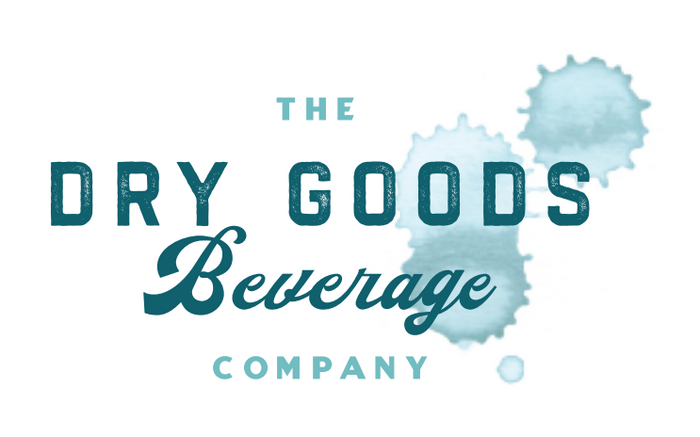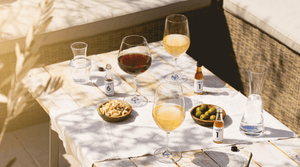There are two main types of alcohol-free wine:
-
De-alcoholized wine, also called alcohol-removed wine
-
Non-wine substitutes made from ingredients other than grapes
Both types can yield delicious results.
De-Alcoholized / Alcohol-Removed Wine
De-alcoholized wine begins its life as alcoholic wine, made in the same way as any other wine. Then, the wine is put into a vacuum and gently heated until the alcohol evaporates. The boiling point in a vacuum is much lower than at regular pressure and therefore much gentler. If you tried to evaporate the alcohol from wine over the stove, for example, you would "cook" the wine and ruin the flavors.
However, by removing the alcohol you also remove some of the fruitiness and body of the wine, so you need to add something to replace it.
Most non-alcoholic winemakers add in grape juice or concentrate, while some use other kinds of fruit juice. Many of them are sparkling, partly because the bubbles add textural interest and mouthfeel. Without either some sugar or carbonation, non-alcoholic wines would taste thin and overly acidic.
Examples of de-alcoholized / alcohol-removed wine are:
Non-Wine Substitutes
This category is much broader and includes everything from tea to fruit shrubs. The goal is not so much to mimic a specific alcoholic wine as to recreate the wine experience through a blend of fruit flavors, acid, tannins and other flavors. They may contain grape juice, but they are built by adding ingredients to each other, rather than removing alcohol from an already-made wine.
Here are a few high-quality examples:
Jukes Cordialities
Wine-writer Matthew Jukes based the recipes for his eponymous wine alternatives on his tasting notes from his favorite wines. He then started experimenting with those base ingredients - including pineapple, raspberry, cucumber, peach - and making shrubs with apple cider vinegar and sugar.
The result is a refreshing drink that offers a wine-like experience and comes in three flavors:
Copenhagen Sparkling Tea
These drinks are blends of green, black, white and herbal teas combined with lemon and grape must, and were created by a Danish sommelier. Tea has many similarities to wine: it can be fruity, citrusy, savory and it has tannins. (Tannins are a drying or bitter compound. Think about the effect of strongly-brewed tea: that's tannin.)
The nuanced flavors of the tea provide depth of flavor similar to great wines, while also being very different. Copenhagen Sparkling Teas come in two flavors:

